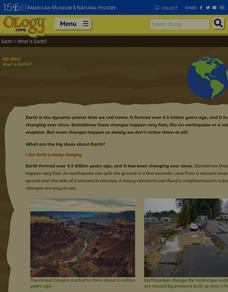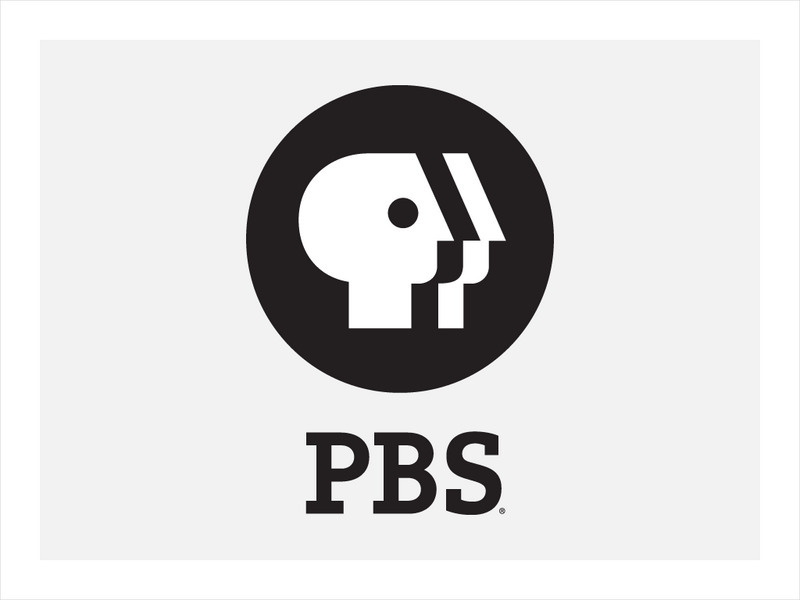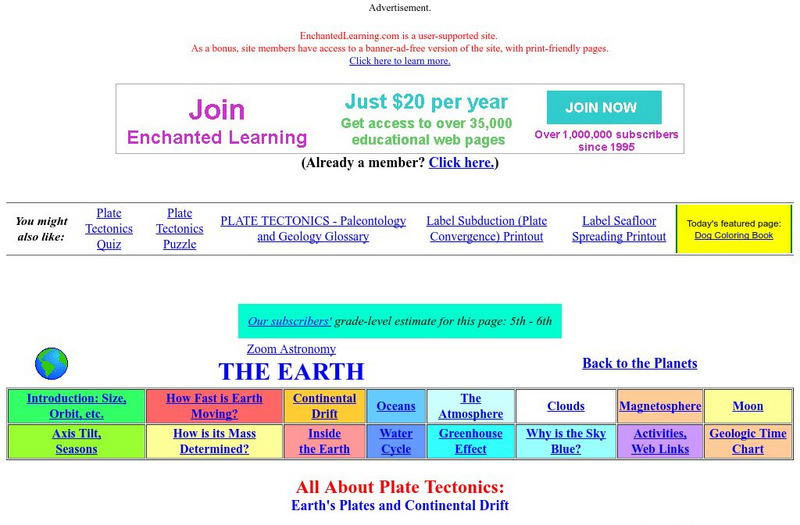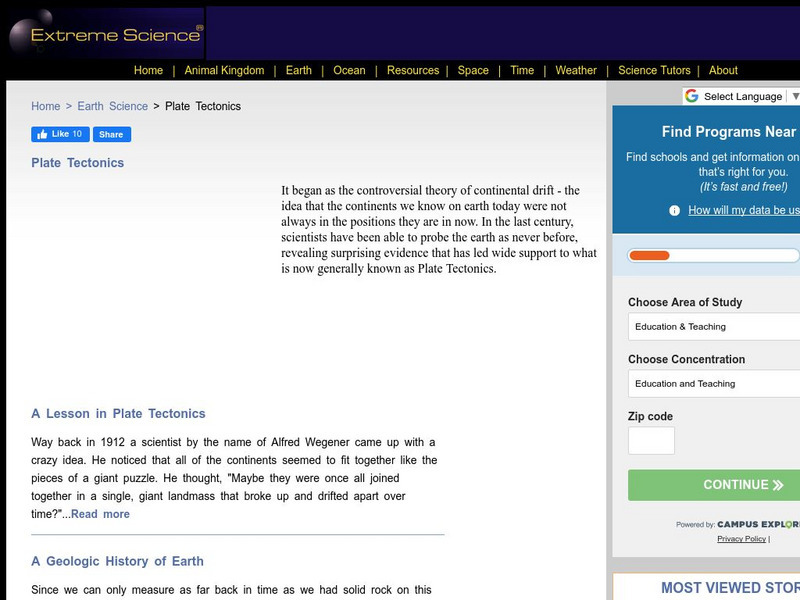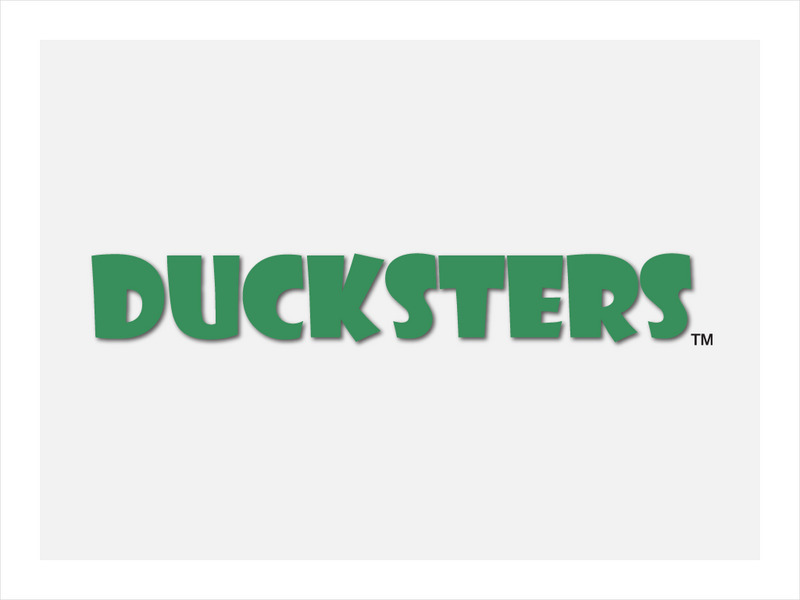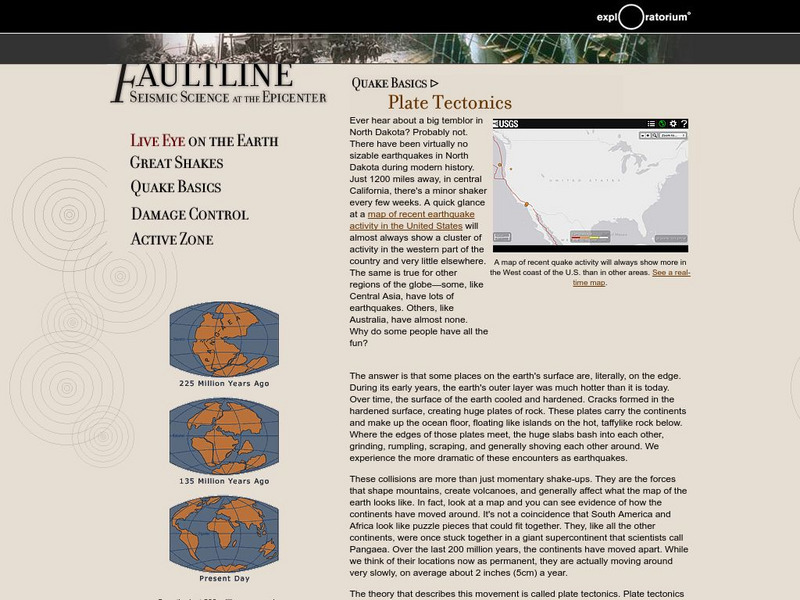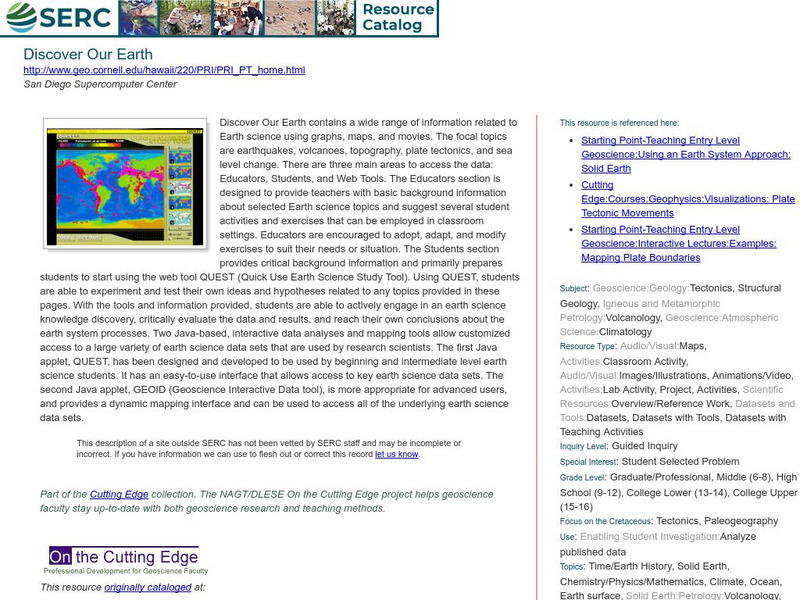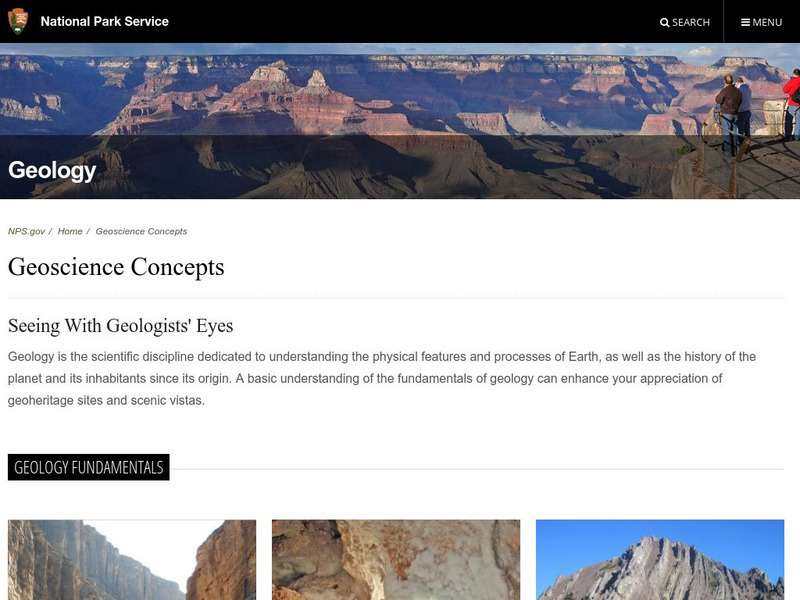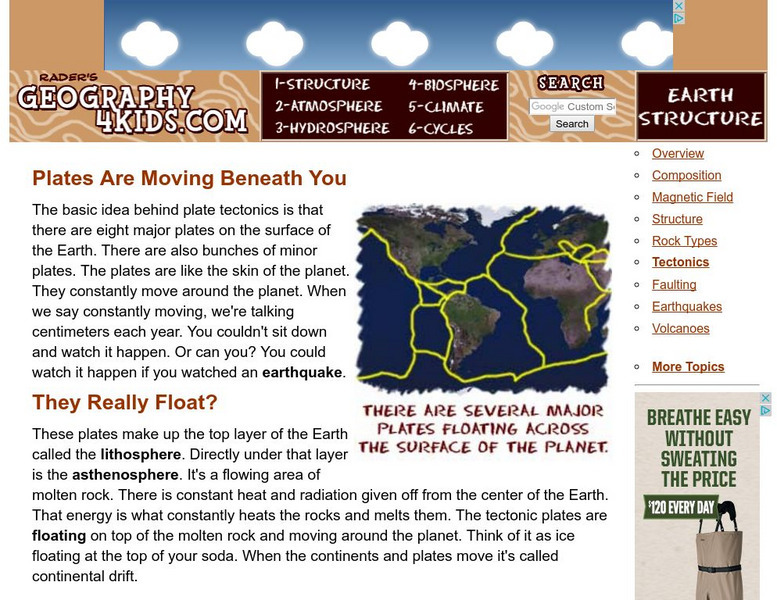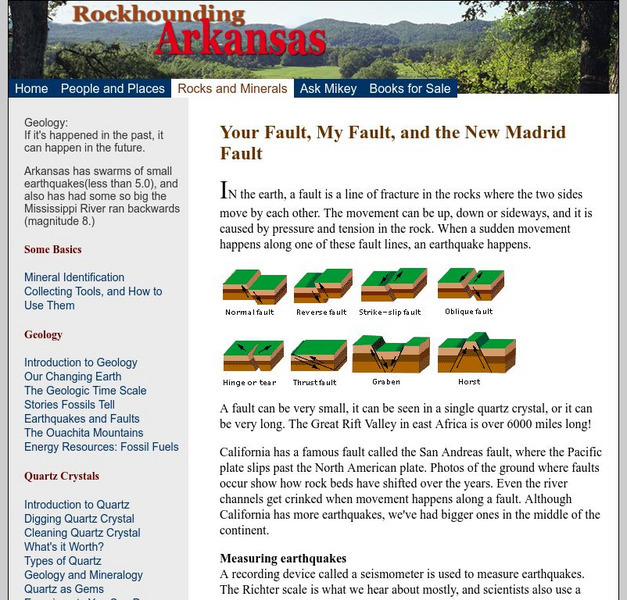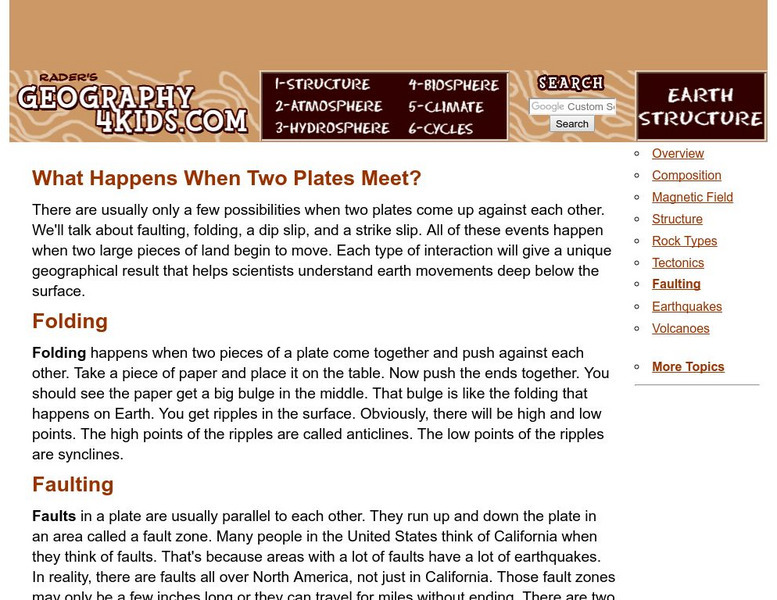American Museum of Natural History
What is Marine Biology?
A marine environment covers the majority of the earth but is arguably the least understood. Teach young scientists about the characteristics of oceans and ocean species using an interactive online lesson. The in-person or remote learning...
American Museum of Natural History
Earthquakes Tremors From Below
Earthquakes are really no one's fault. A thorough lesson explains the different types of earthquakes how they happen. Learners interact with the online lesson to simulate earthquakes and examine their results. The lesson is appropriate...
American Museum of Natural History
Volcanoes Magma Rising
Get ready for an explosive lesson! Learners read and interact with an online lesson describing the characteristics of volcanoes. They study specific historical volcanoes as well as the science of volcanic eruptions using animations and...
American Museum of Natural History
What is Earth?
Humans have only inhabited Earth for a short part of its existence. An online resource explains how scientists use clues from rocks and fossils to piece together information about Earth prior to humans. The online instruction includes...
Other
Digital Library for Earth System Education: Teaching Box: Plate Tectonics
A suite of lessons focusing on finding the fossil evidence for lithospheric plate tectonics. Inquiry-based exploration of plate tectonics evidence includes fossil distribution, earthquakes, and volcanoes.
PBS
A Science Odyssey: You Try It: Plate Tectonics
Using your computer mouse you can simulate transforming, collisional, divergent and convergent plate boundaries. Descriptions of each plate boundary are also available.
Other
An Introduction to the Abc's of Plate Tectonics
Resource presents the basics of plate tectonics, as well as a summary of the current thinking about plate tectonics and its mechanisms.
Curated OER
National Park Service: What on Earth Is Plate Tectonics?
An easy-to-understand explanation of what plate tectonics is. Contains information about the inner parts of the Earth, the difference between the three types of plates, and numerous maps and illustrations.
Curated OER
National Park Service: Tour of Park Geology: Plate Tectonics
Plate tectonics and different plate boundaries are discussed on this website. Also, learn about the type of plate boundaries found in our National Parks.
Enchanted Learning
Enchanted Learning: All About Plate Tectonics
Simple discussion of plate tectonics and Pangaea. Includes maps and interactives.
Extreme Science
Extreme Science: A Lesson in Plate Tectonics
With its clickable map, this site provides text and graphics on spreading boundary, converging boundary, subduction zone, transverse boundaries and faults.
Ducksters
Ducksters: Earth Science for Kids: Plate Tectonics
This site helps students learn about the Earth science subject of plate tectonics including major and minor plates, convergent, divergent, and transform boundaries.
Other
Paleomap Project: Earth History
The PALEOMAP Project illustrates the plate tectonic development of the ocean basins and continents, as well as the changing distribution of land and sea during the past 1100 million years. Includes virtual 3D paeloglobes.
PBS
Pbs Learning Media: Tectonic Plate Movement in Alaska
In this video adapted from KUAC-TV and the Geophysical Institute at the University of Alaska, Fairbanks, learn how tectonic plate movement is responsible for building mountains, such as the Wrangell and St. Elias Mountains. 2m 16s
Exploratorium
Exploratorium: Earthquake Faultline Why the Earth Shakes
This website provides an explanation of earthquakes in words and pictures, beginning with this lesson on plate tectonics.
Annenberg Foundation
Annenberg Learner: Dynamic Earth: Plates and Boundaries
Interactive website where students can learn about movement of earth's 15 major tectonoic plates and identify types of boundaries. Includes glossary and learning game.
Science Education Resource Center at Carleton College
Serc: Discover Our Earth
Study earthquakes, volcanoes, topography, plate tectonics, and sea level change using graphs, maps, and movies. Engage in earth science knowledge discovery, critically evaluate the data and results, and reach conclusions about the earth...
Annenberg Foundation
Annenberg Learner: Planet Earth
A series of seven instructional, hour-long videos presenting Earth-science topics such as plate tectonics, oceans, climate changes, natural resources, the Sun, and the future of our planet. Closed captioning option provided for each video.
Curated OER
National Park Service: North Cascades National Park Geology
Resource explores the history and geology of the Cascade Mountains. Content includes a geologic story, virtual field trip, a look at plate tectonics and the rocks & minerals found in the Cascade Mountains, geologic maps, and more.
Geography 4 kids
Geography4 kids.com: Plates Are Moving Beneath You
Identify where in the world the eight major plates are and discover how they are on the move.
PBS
Mountain Maker Earth Shaker
This resource gives an introduction to the theory of plate tectonics. It also has animations of four types of plate boundary interactions (convergent, divergent, transforming, collisional).
Other
Rockhounding Arkansas: Your Fault, My Fault, and the New Madrid Fault
Text and diagrams regarding tectonic forces, the new Madrid Fault, and earthquakes.
Geography 4 kids
Geography4 kids.com: What Happens When Two Plates Meet?
Different events occur when two parts of the earth shift. Highlighted in this resource are details of faults, dips, slips, folds, and strike slips.
Exploratorium
Exploratorium: Loma Prieta, Bay Area, Earthquake 1989
This outstanding multimedia site documents the earthquake and related events that took place on October 17, 1989 in the San Francisco Bay Area.
Other popular searches
- Plate Tectonics Activities
- Plate Tectonics Pangaea
- Science Plate Tectonics
- Lessons on Plate Tectonics
- Theory of Plate Tectonics
- Plate Tectonics Lab Activity
- Modeling Plate Tectonics
- Evidence for Plate Tectonics
- Plate Tectonics Theory
- Plate Tectonics Word Search
- Plate Tectonics and Tsunamis
- Plate Tectonics Pangaea Map



